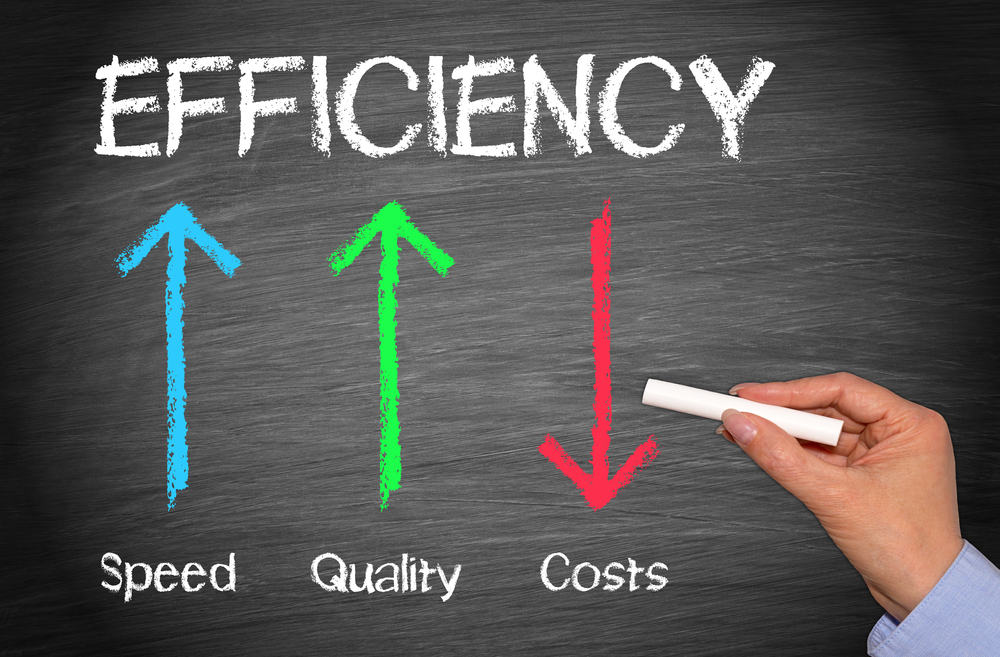While parts of the world are still struggling with rising numbers of cases in the 2020 COVID-19 pandemic, Australia has conducted a remarkably successful response to the challenge. That’s not to say that anyone is out of the woods yet and premature celebrations have already proven hazardous in many corners of the planet. But whether the virus is all but eradicated, under control, lurking and ready to pounce again or, indeed, still rife, organisations everywhere need to be cementing their COVID-safe and COVID-normal operations. At the same time, the effects of the pandemic on economies near and far has been pronounced, leading to the budgets and revenue streams of individual organisations and businesses facing genuine challenges.
Fortunately, there is a clear way to counter these challenges and ensure fiscal sustainability, according to Chris Calamos, CEO Retriever Communications. “It’s vital that companies examine their operations carefully and, if they haven’t already, begin taking measures proven to make them more efficient,” he says.
When analysing the efficiency and efficacy levels of an organisation’s field workers, it soon becomes clear that implementing the right management software can have a significant impact.
Paperwork
How long ago was it we first heard the term ‘the paperless office’? Some may find it surprising that we can go all the way back as far as 1975 to find the expression in an issue of Business Week, which predicted that future workplaces would no longer rely on paper and conduct all transactions and business via computers.
Now, while it’s true that email has been very successful in accomplishing the tasks that used to be the domain of physical mail, we are still a long way from being paperless. Will we ever get there? It’s hard to say, but we do know that the time spent filling in forms and completing the paperwork on a job can be time-consuming and repetitive.
“With intuitive and fit for purpose field service management software, routine reporting and tasks are automated, streamlined and simplified, saving the field worker effort and, most importantly, time,” says Calamos. “With more time on their hands, greater productivity can ensue.”
Human error
If the term ‘paperless office’ has been around for 45 years, human error has been with us for at least 200,000 years. Whenever people are involved, our very autonomy means that the possibility for mistakes exists. When it comes to data entry, repetition can be the enemy, as can lapses in concentration, lack of understanding and just plain typos. Removing incorrect data entries in backend systems is another frustrating and time-consuming task. It’s inefficient and again means workers are spending time correcting mistakes instead of increasing their productivity.
Down the line
Streamlining processes works from the top down and vice versa. When there are multiple subcontractors involved, there can be hold-ups all along the way, but when they are enabled and their invoices are automatically raised, this can potentially take months off the time between job completion and final invoicing. End customers can often only be billed once a subcontractor has submitted their invoice and if this is reliant on a manual process a costly hiatus is almost inevitable.
Show me the money
Extended periods between job completion and invoice settlement have an obvious impact on revenue streams and cash flow. The old adage ‘time is money’ may not go back to the dawn of homosapiens, but it certainly coincides with the beginning of business and transactions. When data is entered more quickly and more efficiently the entire sales pipeline is accelerated. Simply put, quick data means quicker time to invoice. And the faster you can invoice your customers, the faster that revenue will be positively impacting your bottom line.
Here and now
True efficiency happens at the coalface, with complete and correct records being made on the spot, on-site and at the time of the job, which is far easier to do when suitable management software is deployed.
Forget the filing cabinets
With photos and digital signatures held in a digital database, they are available 24/7 and with a simple click, and it doesn’t get more efficient than that. It also means that records can be swiftly and easily accessed and checked at a later stage, should this become necessary for such issues as disputes or safety concerns.
Calamos notes the concept has been tried and tested for centuries. “As Benjamin Disraeli so eloquently put it, ‘There can be economy only where there is efficiency.’ The right field service management software can make sure your business benefits on both sides of that equation,” he says.





